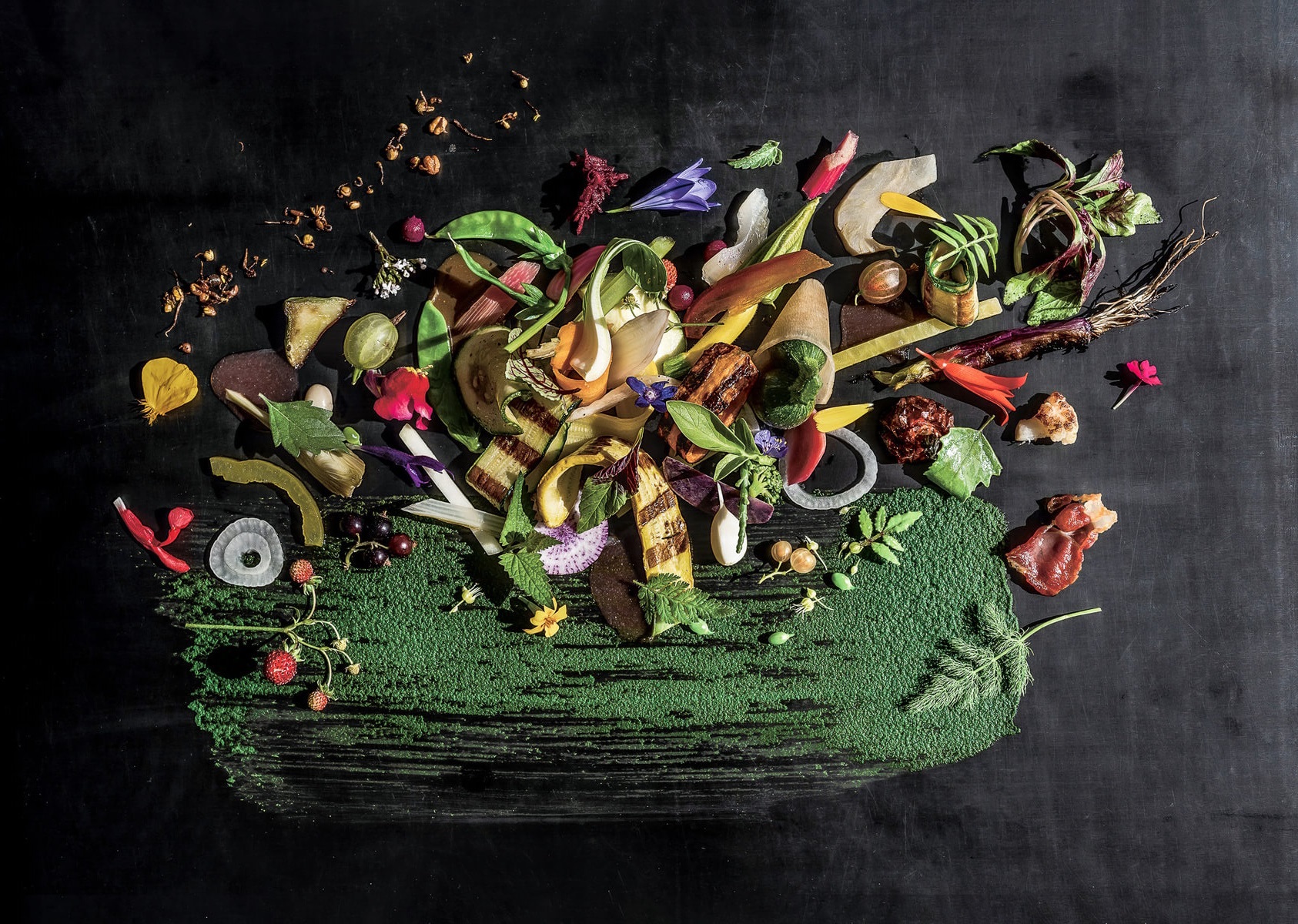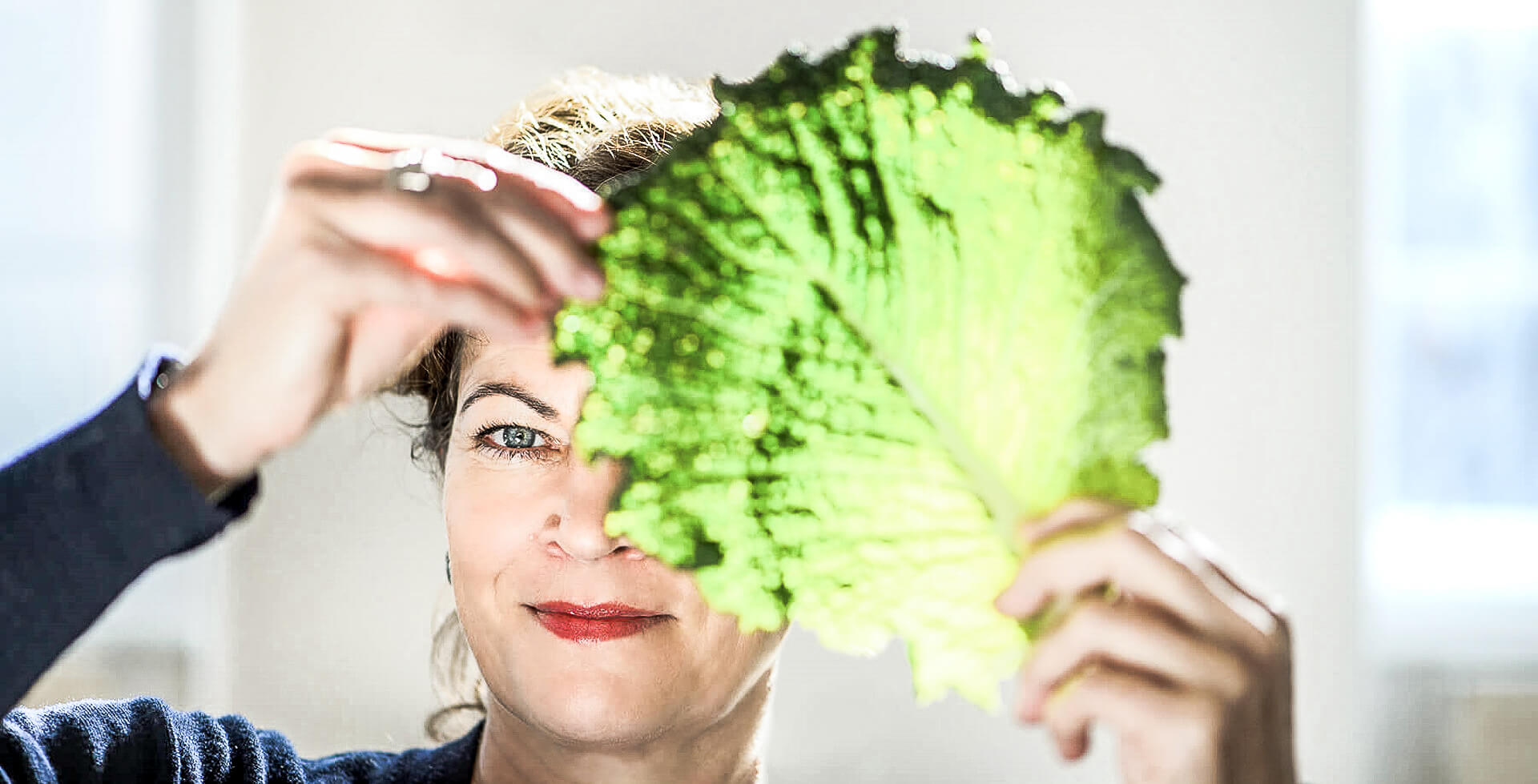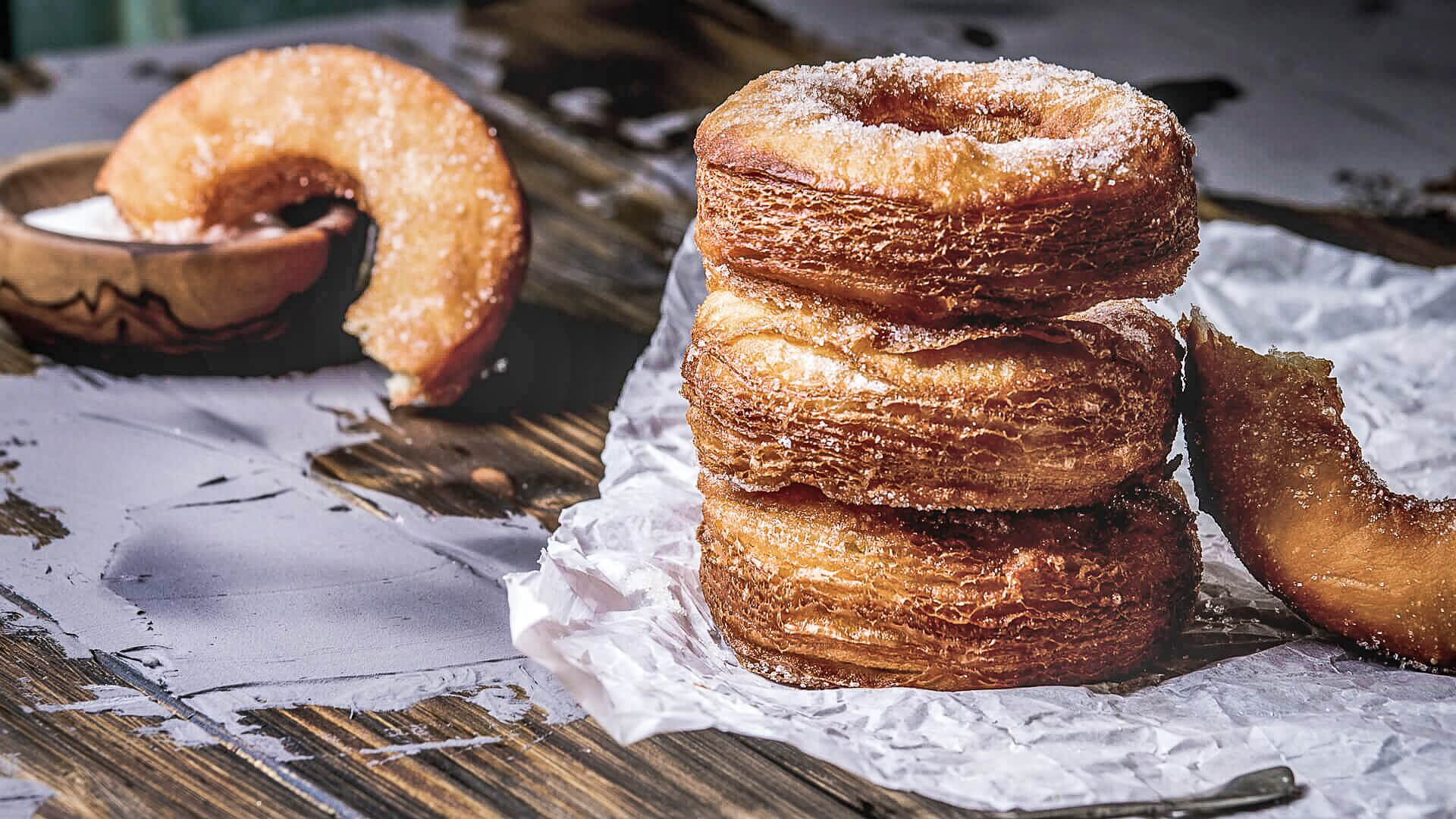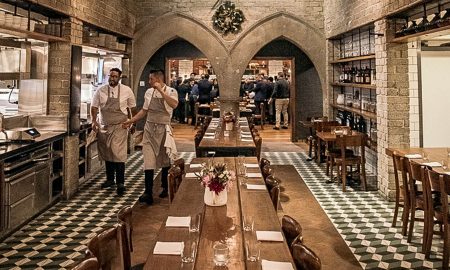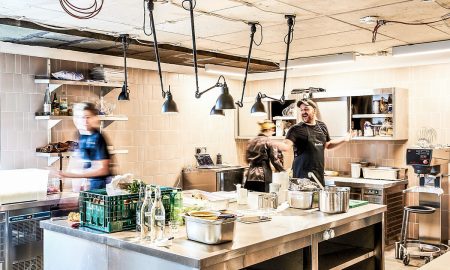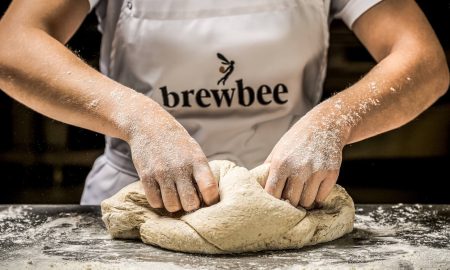In simple terms, you might call them classics or the house specialty. However, so-called signature dishes are much more than that. They are more than just a breathtaking dish that you will remember for a long time. Signature dishes express the origins, skills and philosophy of master chefs. They are a reflection of their identity and bear the unmistakable signature of their creator. Carefully selected ingredients combine with innovative techniques and in most cases tell a story that goes far beyond taste.
Signature dishes are an experience that appeals to all the senses. But what makes a dish so extraordinary that people around the world still remember it years later? An emblematic search for clues in the world of Michelin-starred chefs.
Eckart Witzigmann’s signature dish: Kalbsbries Rumohr
When a dish can still be found on the menus of the country’s best restaurants almost five decades after it was created, this says everything about its versatility and timelessness. Eckart Witzigmann, the world-famous chef and patriarch of the German gourmet miracle, has achieved such a stroke of genius several times. However, none of his creations are as famous as his “Kalbsbries Rumohr” (sweetbreads Rumohr), in which Witzigmann combines exquisite haute cuisine ingredients in a surprising way.
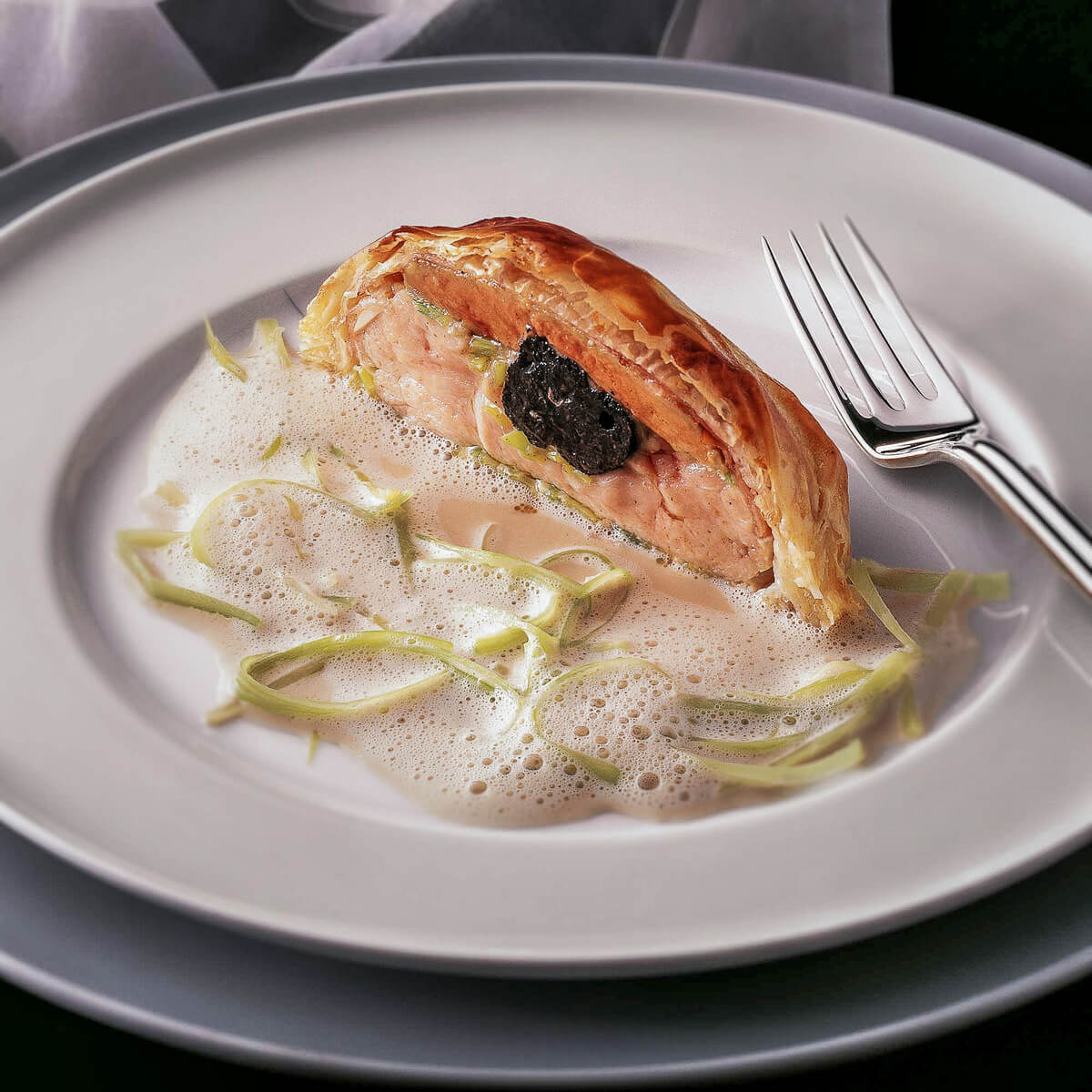
Image: Peter Fischer
There are various versions of the dish, but sweetbreads are always the main attraction. You also need black truffle and foie gras, Madeira, champagne and much more. Witzigmann has divulged the recipe, at least to some extent, at various times. He pays homage to his Austrian homeland by wrapping the creation in a puff or filo pastry – a kind of strudel deluxe. The name pays tribute to an early pioneer of good cuisine, Carl Friedrich von Rumohr.
By the way, the idea came from the legendary Wolfram Siebeck, a first-hour gourmet critic at the end of the 1970s, as Witzigmann once explained in an interview with the magazine Effilee. In the end, his verdict was the best a chef could wish for: “It was one of those strokes of genius that have gourmets making pilgrimages to a particular chef like pilgrims seeking holiness in Lourdes.”
Heinz Reitbauer’s signatures dish: Char in beeswax
Sometimes the “what” is not what makes a visionary chef’s dish, but rather the “how”. A signature dish that can be taken as an example for this comes from one of the best European chefs: Heinz Reitbauer from Steirereck in Vienna. The ingredients in his recipe sound unremarkable at first. Among other things, they include char fillets and saffron, a type of yellow beet juice, quince vinegar – and beeswax.
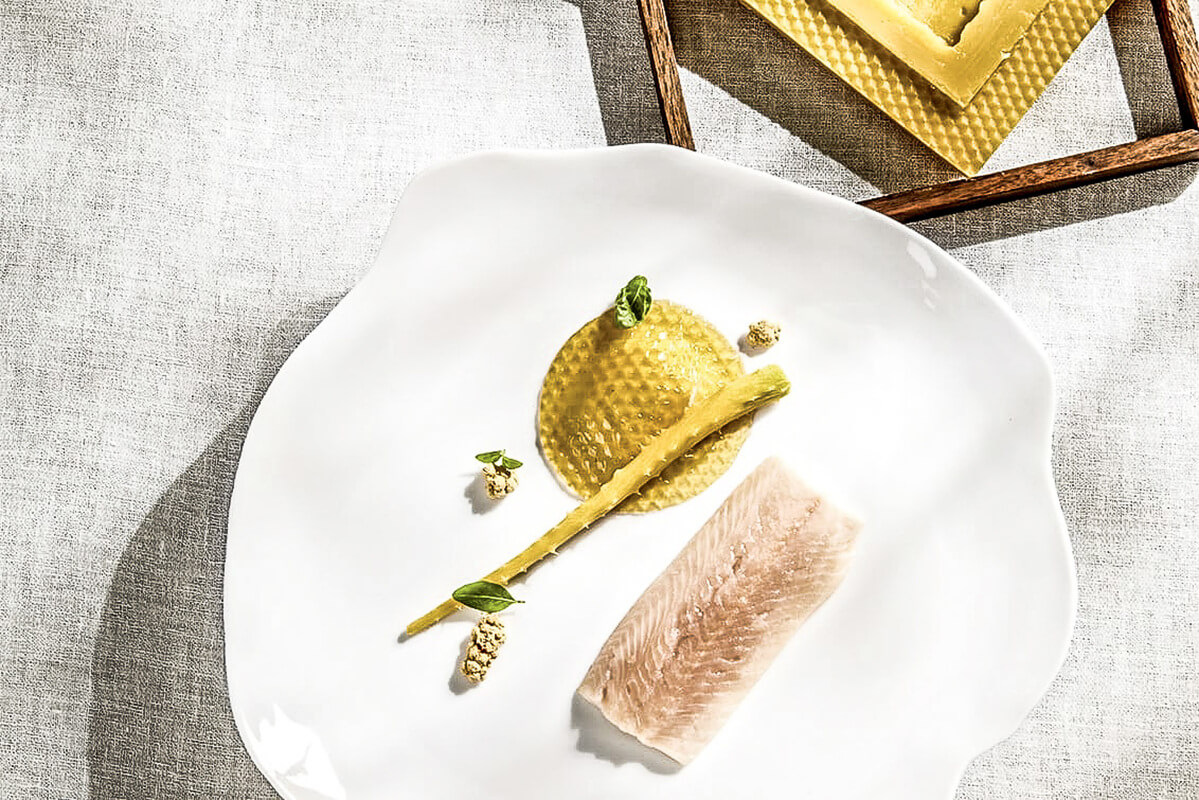
Image: Restaurant Steirereck
This is where things start to become interesting. Reitbauer, who switched his restaurant from seafood to freshwater fish almost 20 years ago, has always been concerned about the conditions under which his ingredients are sourced. Nature is close to his heart, as are the connections behind the food we eat. In 2011, when Reitbauer and his team developed the dish, he wanted to draw his audience’s attention to the bee die-off, which was still relatively unknown at the time.
He originally planned a dessert using beeswax to add subtle wax and honey flavors. But in the course of developing the recipe, he quickly realized that wax can also be used to cook ingredients. The tender char finally turned out to be the perfect food, as Reitbauer likes to tell. The table-side preparation is truly an experience: In a fascinating procedure, the staff pour the liquid wax from a teapot into a wooden frame, where it first encases the char, then cools and solidifies within a few minutes: The elegant fragrance that emerges is difficult to describe.
Since this innovative cooking method requires organic-quality beeswax, Reitbauer even achieved more than his original goal: He is drawing attention to the importance of sustainable agriculture. After all, one of the main reasons bees are dying is the excessive use of pesticides. A signature dish that goes far beyond culinary pleasure.
Gargouillou, the signature dish by Michel Bras
In an interview, French cooking legend Michel Bras once revealed that the idea came to him while jogging. When he was running through Aubrac near the family farm Le Suquet, he looked out over a meadow where countless grasses, plants and colorful flowers were swaying in the wind. Inspired by the freedom and vitality that this grassland exuded, he decided: “I want to translate that into a dish.”
Sieh dir diesen Beitrag auf Instagram an
And so an idea was born that would change his life. At the beginning of the 1980s, Bras was still a young man who had already made a name for himself a few years earlier with his vegetable menu. What he was now developing had no precedent in the culinary world whatsoever and was a radical interpretation of nouvelle cuisine. Bras arranged flowers, vegetables and herbs into a picturesque piece of art on the plate, which he christened Gargouillou.
60 to 80 herbs and vegetables make up the dish. Some grow in the garden behind the restaurant, while others come from nearby fields. What else is special about this composition? The seasons, even the daily weather, influence the dish – the composition changes constantly. “You never create the same thing twice,” says Sebastién Bras, who took over the restaurant from his father together with his wife in 2009. “We work on the balance of this dish every day, which is why there is no room for boredom.” Gargouillou, which was revolutionary in both its concept and visual presentation, has had a lasting influence on the world of cooking and still appears in restaurants around the world today.
Martin Berasategui’s signatures dish: Millefeuille with eel, foie gras and green apple
Martin Berasategui comes from the Basque country, the region of Spain that stands for the avant-garde of gourmet cuisine like no other. Over the course of his long career – he earned his first star in 1986 – he also designed various dishes that have become true classics. Above all, he can lay claim to having developed one of the most widely duplicated dishes in top cuisine: Millefeuille with smoked eel, foie gras, chive cream and caramelized green apple.

Image: Jose Luis Lopezde Zubiria
The class of this original dish is not only due to the flavors, which blend together with effortless ease and create a new whole that is more than the sum of its ingredients. At least as ingeniously, the texture supports the taste: the crunchy caramelized sugar layer that covers the Millefeuille and contrasts with the fatty, soft eel; the thinly layered apples that still have bite, foie gras, which combines everything like an amalgam. In doing so, he succeeds in doing what a signature dish is best at, namely presenting flavor complexity in a surprisingly simple way. He himself describes it as, “My entire flavor universe is in one bite.”
Massimo Bottura: Asignature dishby chance
There is plenty of evidence in history that famous achievements and discoveries are come across by chance. Penicillin, LSD, X-rays – each one was helped by coincidence and chance. Even in top cuisine, unintentional processes sometimes play a role, stimulating the ingenuity of chefs. A prime example is the lemon tart creation by three-star chef Massimo Bottura. The name of his perhaps most famous dish already tells it all: It’s called “Oops! I dropped the lemon tart,” and the name pretty much tells the story behind it.
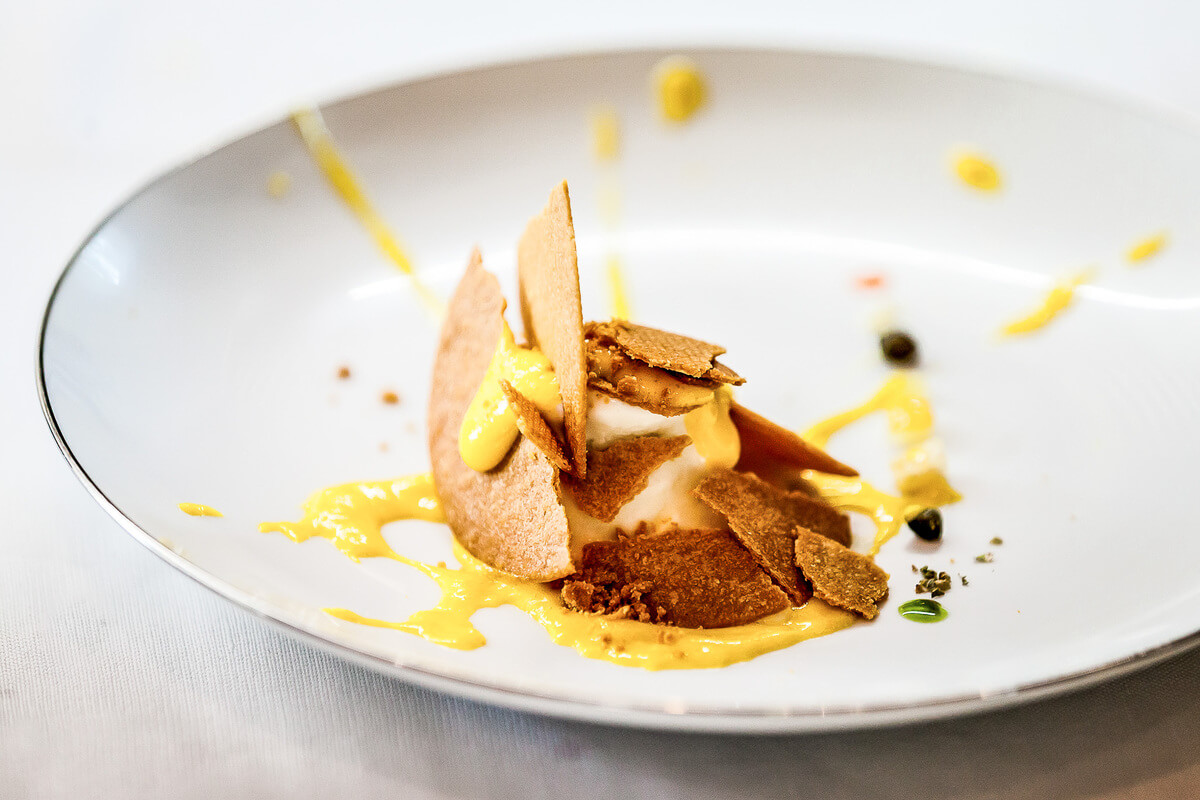
Image: Marco Poderi
It was the pastry chef of Bottura’s restaurant Osteria Francescana, Takahiko Kondo, who accidentally dropped one or two lemon tarts while finishing the plate. “He was ready to kill himself,” Bottura once described Kondo’s horror at his misfortune during a book presentation. But instead of telling him off, the Italian reacted completely unexpectedly. “Taka, that’s the most beautiful tart you can serve. This imperfection!”, Bottura cheered. He seized on the disfigured tart as an opportunity to develop a dessert that was still unusual for top gastronomy at the time.
One that pays homage to the poetry that a change of perspective triggers. Bottura’s signature dish is based on a lemongrass and lemon gelato, and also contains a zabaglione with limoncello and a range of spices, including bergamot, peppermint, ginger and capers. What makes this high-class dessert so special, however, is the way it is presented: it recreates the fallen, smashed, imperfect tart of that seemingly unfortunate moment, and has thus become an iconic dish in contemporary haute cuisine.


